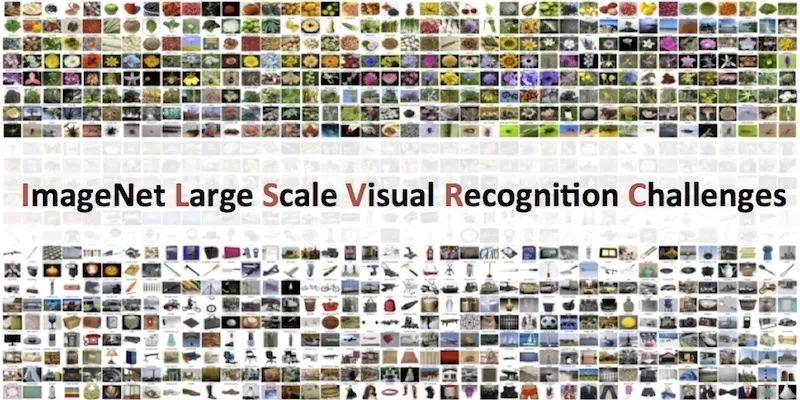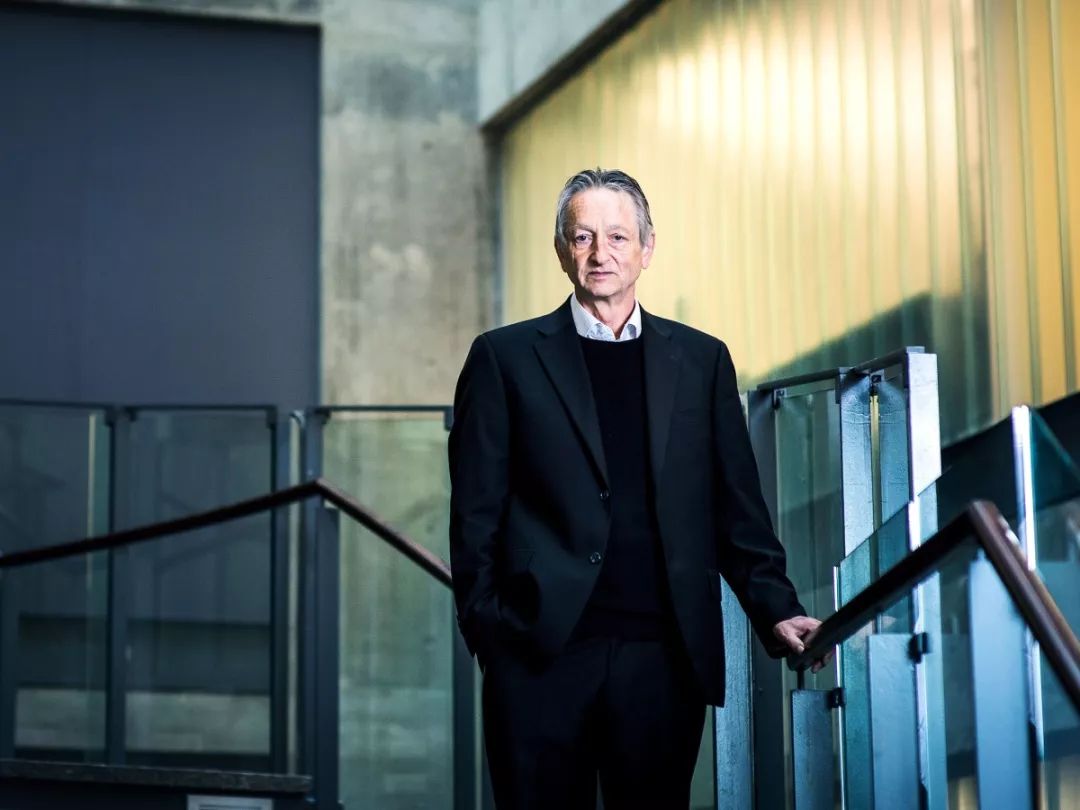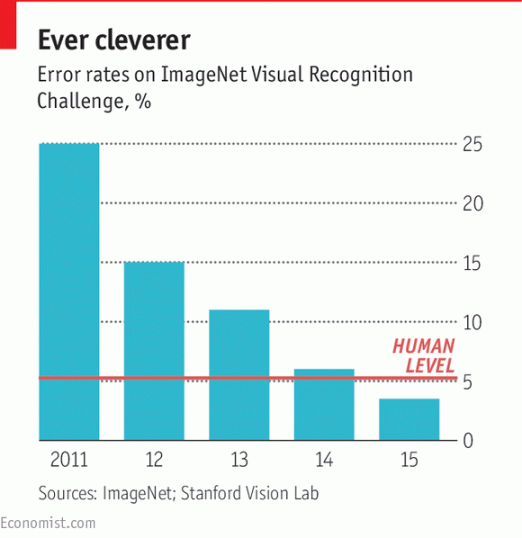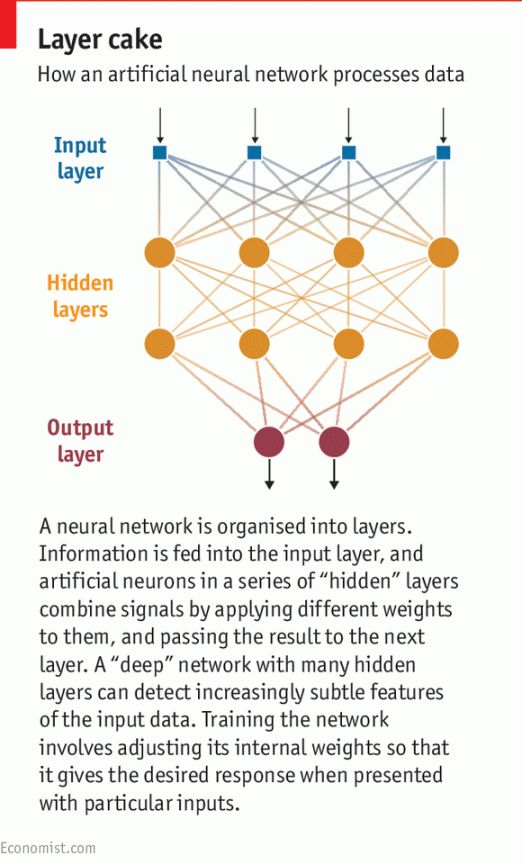At the beginning of artificial intelligence (AI), it was once arrogant and disappointing. How did it suddenly become the hottest technology field?
Editor’s note: This article is from WeChat public account “Created” (ID:xingshu100) The author “created” the editor.
The artificial intelligence (AI) was once arrogant and disappointing at the beginning of the world. How did it suddenly become the hottest technology field?
This term first appeared in a research project in 1956.
The plan writes: “As long as a group of scientists are carefully selected and studied together for a summer, significant progress can be made to enable the machine to solve problems that only humans can solve today.”
At least it can be said that this view is too optimistic.
Despite occasional progress, AI has become synonymous with people’s minds, so that researchers basically avoid using this term, preferring to use “expert system” or “neural network” instead.
The redress of the “AI” and the current upsurge can be traced back to the 2012 ImageNet Challenge online competition.
ImageNet is an online database of millions of images, all manually tagged. The annual ImageNet Challenge competition is designed to encourage researchers in the field to compete and measure their progress in automatically recognizing and marking images on computers.
Their system first uses a set of correctly labeled images to train, then accepts the challenge and marks test images that have never been seen before. At the subsequent seminars, the winners shared and discussed their skills.
Geoffery Hinton
In 2010, the accuracy of the system-marked image that won the game was 72% (the average human is 95%). In 2012, a team led by University of Toronto professor Geoffery HintonLeveraging a new technology called “deep learning” has dramatically improved accuracy by 85%. Later in the ImageNet Challenge competition in 2015, this technology further improved the accuracy rate to 96%, surpassing humans for the first time.
The results of the 2012 competition were appropriately seen as a breakthrough, but Yoshua Bengio, a computer scientist at the University of Montreal, said that it relied on “combining previously existing technologies.”
Yoshua Bengio
Bengio and Hinton are considered pioneers of deep learning.
In essence, this technology revives an old idea at the beginning of AI through powerful computing power and a large amount of training data. The so-called artificial neural network (ANN) is inspired by the brain. Meta network.
In the biological brain, each neuron is triggered by a signal from another neuron, and its own signal triggers other neurons. A simple ANN consists of a neuron input layer that inputs data to the network, and an output layer that outputs the results, and perhaps two or three intermediate hidden layers that process the information (actually, the ANN is completely simulated by software).
Each neuron in the network has a set of “weights” and an “activation function” that controls the start of its output. The training of neural networks involves adjusting the weights of neurons so that specific inputs produce the output we need. In the early 1990s, ANN began to achieve some useful results, such as recognizing handwritten numbers. But if you let them do more complex tasks, you will have trouble.
In the past decade, new technologies and a simple adjustment to activation capabilities have made it possible to train deep networks. At the same time, the rise of the Internet has made countless documents, pictures and videos available for training purposes. All of this requires powerful data processing capabilities.
20




